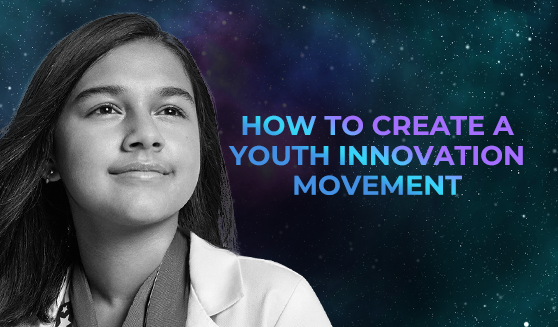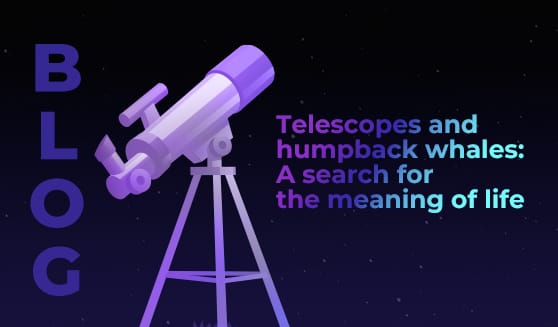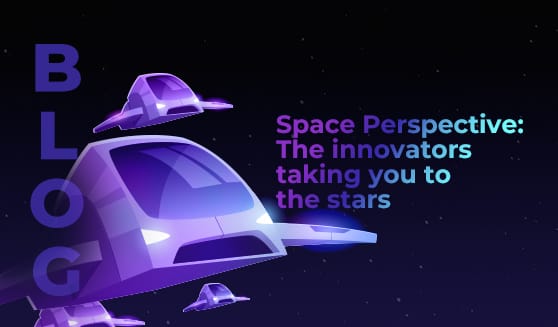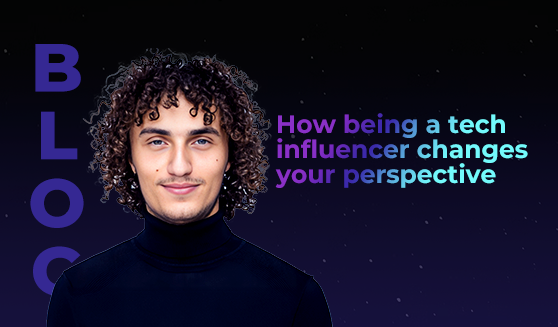
Young people have ideas. Good ideas. But how can the tech industry support young innovators to turn those ideas into projects, products, and businesses?
In 2020, a group of researchers set about to conduct a systematic review of studies into adolescent creativity. Across 64 articles on the factors that enhance or inhibit creativity in young people, they found that the vast majority of studies (94%) to date have not taken social contextual factors into account.
In other words, we know quite a bit about how individual mindset, parental influence, and educational experience influence how likely (or not) a young person is to embrace and express their creativity – but research hasn’t really explored the impact of social context.
This is particularly interesting when we know that social groups and social influence are incredibly important to young people, and research shows that teenagers thrive when they’re able to contribute to their communities and societies.
There’s a gap to be filled here: how can we support young people in developing a social context that enables them to tap into their creativity and have a meaningful impact on the world around them? And we think the answer (or at least, one of various possible answers) lies in tech.
Gitanjali Rao: a role model
Gitanjali Rao is a scientist, engineer and author. She’s 16 years old, and when she was only 12 she invented a portable device to detect lead in water. In 2020 she was named as TIME’s Kid of the Year because of her work as a scientist and leader, giving other young people the tools and motivation to develop their own innovations.
In a recent interview with Entrepreneur Magazine, Rao suggested that rather than worrying about whether or not they’re a genius or prodigy, young people can have a big impact by finding solutions to the problems they see in the society around them. This isn’t easy though – and Rao herself said she’s been dismissed by researchers and organisations based on her age or “perceived immaturity.”
The notion that young people’s ideas aren’t worth listening to doesn’t do much to create a good social context in which young people can have ideas, and feel confident enough to share them. But role models like Rao, who’s specifically working to create models that enable and empower her peers, can create the space for adolescent innovation.
And we need that. Because these aren’t just kids – they’re the people who will soon inherit the responsibility for their societies, and who can see impending global problems with clear minds.
Can the social context for innovation override education gaps?
Access to education and resources is a huge influencing factor in whether or not a young person will develop their ideas and become a successful entrepreneur. And ensuring that access is the responsibility of older generations and government leaders.
But even in regions and demographics with lower than average access to high quality education, when role models like Rao create a social environment in which young people feel like their ideas matter, there is hope.
Part of Rao’s book, Young Innovator’s Guide to STEM, has been adopted as a formal STEM curriculum in Kakuma Refugee Camp in Kenya. By reaching into places where education and inspiration is limited, existing young innovators can drive the creation of a youth culture in which you don’t have to be from a wealthy family, or attend a top school, in order to feel like your ideas matter.
Rao wants to see a movement of young innovators who are empowered to solve problems. We’re behind her. And we hope major tech leaders will support this movement, and start opening more doors for young entrepreneurs. Through technology, young people can solve the problems they see in the world around them. And the youth innovators who are welcomed into the industry now will soon be the ones driving tech into a more meaningful future.








